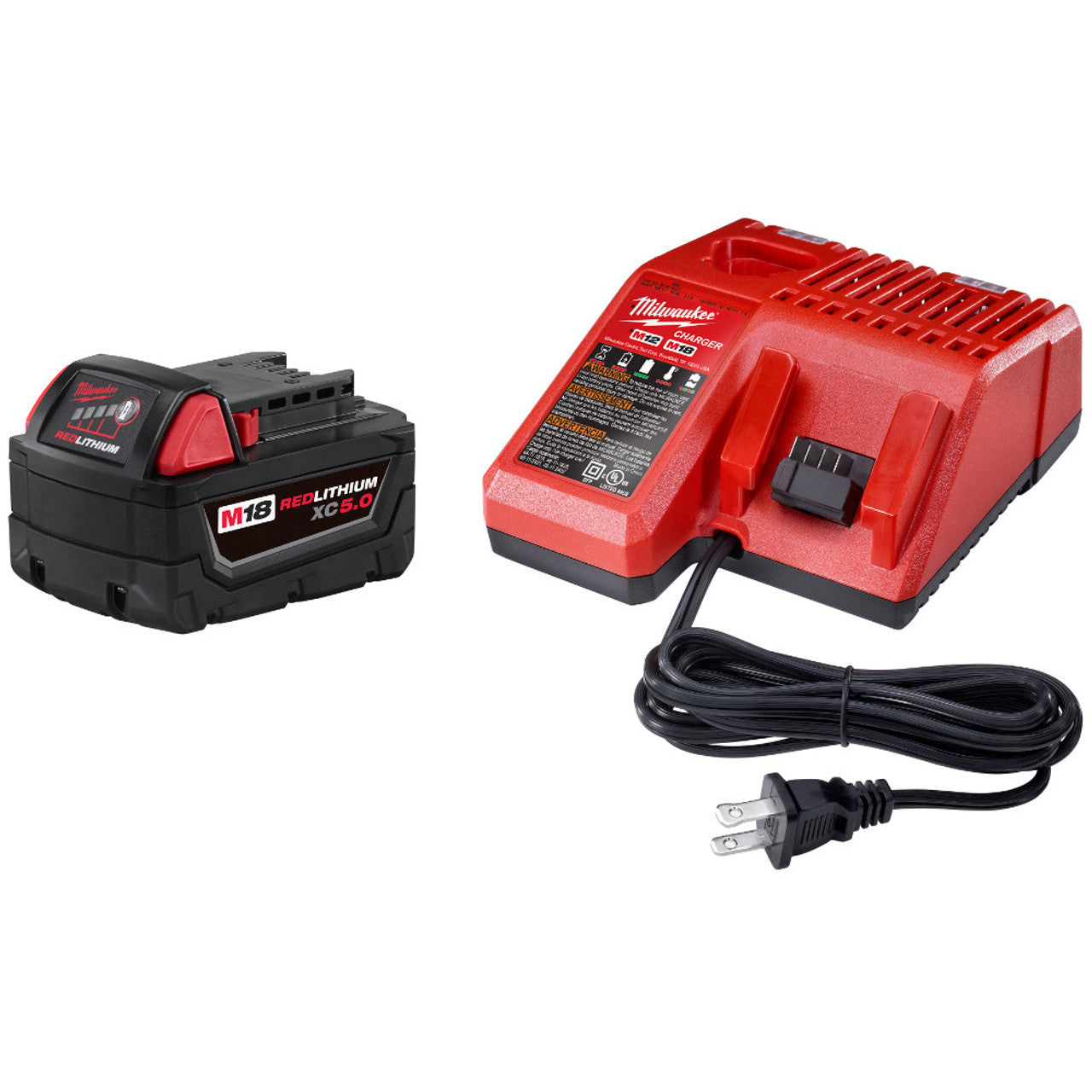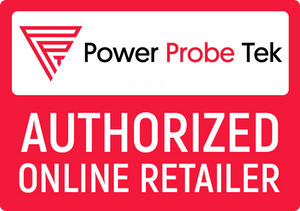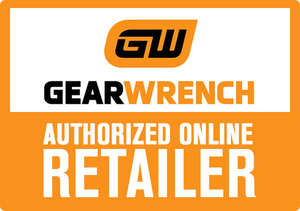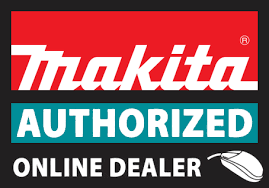Encountering a stripped or broken screw can be one of the most frustrating setbacks in any project.
Whether you’re assembling a new piece of furniture, working on a car repair, or tackling a home improvement task, a damaged screw can bring progress to a grinding halt.
In these moments, a screw extractor becomes an essential tool, turning what seems like an impossible challenge into a manageable task.
But why is a screw extractor so crucial? And how do you ensure you’re using the right one for the job?
In this guide, we’ll explore everything you need to know about screw extractors—what they are, how to choose the right one, and the steps to remove even the most stubborn screws with ease.
Let’s dive in!
What Is a Screw Extractor?

A screw extractor is a specialized tool designed to remove screws that are stripped, broken, or otherwise damaged beyond the point of using a standard screwdriver or drill.
These tools are a lifesaver when conventional methods fail, allowing you to extract stubborn screws without damaging the surrounding material or the tool itself.
Types of Screw Extractors
There are several types of screw extractors, each suited to different situations:
- Spiral Fluted Extractors: These are the most common type. They feature a tapered, reverse-threaded spiral design that grips the screw tightly as it’s turned counterclockwise. The more you turn, the deeper the extractor bites into the screw, making it easier to remove.
- Straight Fluted Extractors: Unlike the spiral type, these have straight grooves and are typically used with a T-handle wrench. They are ideal for extracting screws that are soft or have minimal damage, offering a controlled grip without the risk of expanding the screw's head.
- Multi-Spline Extractors: These are designed for heavy-duty applications, such as removing bolts or screws that are deeply embedded or heavily rusted. The multiple splines offer a stronger grip and are less likely to slip under pressure.
| Type | Description | Best For |
| Spiral Fluted | Tapered, reverse-threaded design grips screw tighter as it turns counter-clockwise. | Tightly embedded or damaged screws. |
| Straight Fluted | Straight grooves, used with a T-handle wrench for controlled grip. | Soft screws or minimally damaged screws. |
| Multi-Spline | Heavy-duty extractors with multiple splines for stronger grip. | Deeply embedded or rusted bolts/screws. |
When to Use a Screw Extractor
Screw extractors are essential in scenarios where a screw’s head is stripped, making it impossible to remove with standard tools.
They’re also invaluable when dealing with screws that are rusted, corroded, or broken off at the surface.
Whether you’re working on automotive repairs, carpentry, or general maintenance, having a screw extractor in your toolbox can save you time, effort, and frustration.
How to Choose the Right Screw Extractor
Selecting the right screw extractor can make all the difference in successfully removing a damaged screw. With various options available, it’s important to consider several factors to ensure you have the right tool for the job.

Factors to Consider
- Material Compatibility: Different screw extractors are designed to work with specific materials. For instance, harder materials like steel may require a more robust extractor, while softer materials, such as aluminum or plastic, can be handled with a lighter-duty tool. Understanding the material you’re working with is key to choosing an extractor that won’t cause further damage.
- Size of the Screw: The size of the damaged screw plays a crucial role in selecting the right extractor. Extractors come in various sizes, each suited to a range of screw diameters. To avoid complications, it’s essential to match the extractor size to the screw you’re trying to remove.
- Type of Damage: The condition of the screw will dictate the type of extractor needed. For example, a screw with a completely stripped head might require a spiral fluted extractor for maximum grip, while a partially stripped screw could be handled with a straight fluted tool for more controlled removal.
- Ease of Use: Some extractors are easier to use than others, especially for those with less experience. Look for tools that come with clear instructions or features that simplify the extraction process, such as built-in guides or ergonomic designs.
Product Recommendations
To make your selection process easier, MPR Tools & Equipment offers a range of high-quality screw extractors designed to tackle any challenge. Here are a few top picks:
- Rodac RDXL53227 25Pc Screw Extractor: Ideal for general-purpose use, this extractor set covers a wide range of screw sizes and materials.
- Irwin Tools 1876225 6-Piece 3-Piece Impact SCREW-GRIP Double-Ended Screw Extractor Set: Designed for heavy-duty applications, this tool offers superior grip and durability for the toughest jobs.
- Genius Tools GNSATEX6 6Pcs Screw Extractor: Perfect for those new to using screw extractors, this set features a user-friendly design.
By considering these factors and exploring the recommended products, you’ll be well-equipped to handle any screw extraction with confidence.
Common Mistakes With Screw Extractors and How to Avoid Them

Even with the right tools and knowledge, it’s easy to make mistakes when using a screw extractor, especially if you’re new to the process.
Understanding these common pitfalls and knowing how to avoid them can save you time, frustration, and potential damage to your project.
Mistake 1: Using the Wrong Size Extractor
One of the most common errors is selecting an extractor that’s too large or too small for the screw you’re trying to remove.
A poorly matched extractor can either fail to grip the screw or break off inside the screw, making removal even more difficult.
- How to Avoid It: Always double-check the size of both the screw and the extractor before you begin. If you’re unsure, start with a smaller extractor and work your way up. This approach minimizes the risk of damaging the screw further.
Mistake 2: Applying Too Much Force
It’s natural to want to use force when a screw isn’t budging, but excessive pressure can cause the extractor to break or strip the screw even more. This is especially true with delicate screws or those embedded in softer materials.
- How to Avoid It: Use steady, controlled pressure when turning the extractor. If the screw doesn’t start to move after a few turns, stop and reassess the situation. Applying a penetrating oil or using a different extractor might be necessary before proceeding.
Mistake 3: Not Drilling a Pilot Hole
If the screw’s head is damaged or broken off, trying to use an extractor without first drilling a pilot hole is a common mistake. Without a pilot hole, the extractor won’t have enough grip, and it could slip, damaging the surrounding material.
- How to Avoid It: Always drill a small pilot hole in the center of the screw before inserting the extractor. This step is crucial for giving the extractor the traction it needs to remove the screw effectively.
Mistake 4: Ignoring Safety Precautions
In the rush to remove a stubborn screw, it’s easy to overlook basic safety measures. Not wearing protective gear or using tools incorrectly can lead to injury or damage to the project.
- How to Avoid It: Prioritize safety by wearing protective goggles and gloves, and ensure you’re using the right tools for the job. Take your time and follow the recommended procedures to avoid accidents.
Screw Extractors Made Easy

Dealing with stripped or broken screws doesn’t have to be a frustrating ordeal. With the right screw extractor and a little know-how, you can tackle these challenges head-on, saving time and preserving the integrity of your project.
From understanding the different types of screw extractors to mastering the extraction process, you’re now equipped with the knowledge to handle even the most stubborn screws.
Your One-Stop Hand Tools Shop
At MPR Tools & Equipment, we recognize how crucial it is to have the right tools for every job, including those tricky screw extraction tasks.
That’s why we offer a premium selection of screw extractors and other essential tools designed to meet the needs of both DIY enthusiasts and professional mechanics.
Our screw extractors and related tools come from the most trusted brands, ensuring that you receive products known for their durability and reliability.
We are committed to quality and customer satisfaction, providing you with tools that are built to last and perform.
Enjoy personalized customer service, free shipping on orders over $150, and free tools for orders over $400. Additionally, take advantage of our one-year Price Match Guarantee and a 30-day money-back guarantee.
Explore our catalog today to find the perfect screw extractors and other tools for your needs, and experience the difference that comes from working with top-quality equipment.
Happy Tinkering!





































































































































































